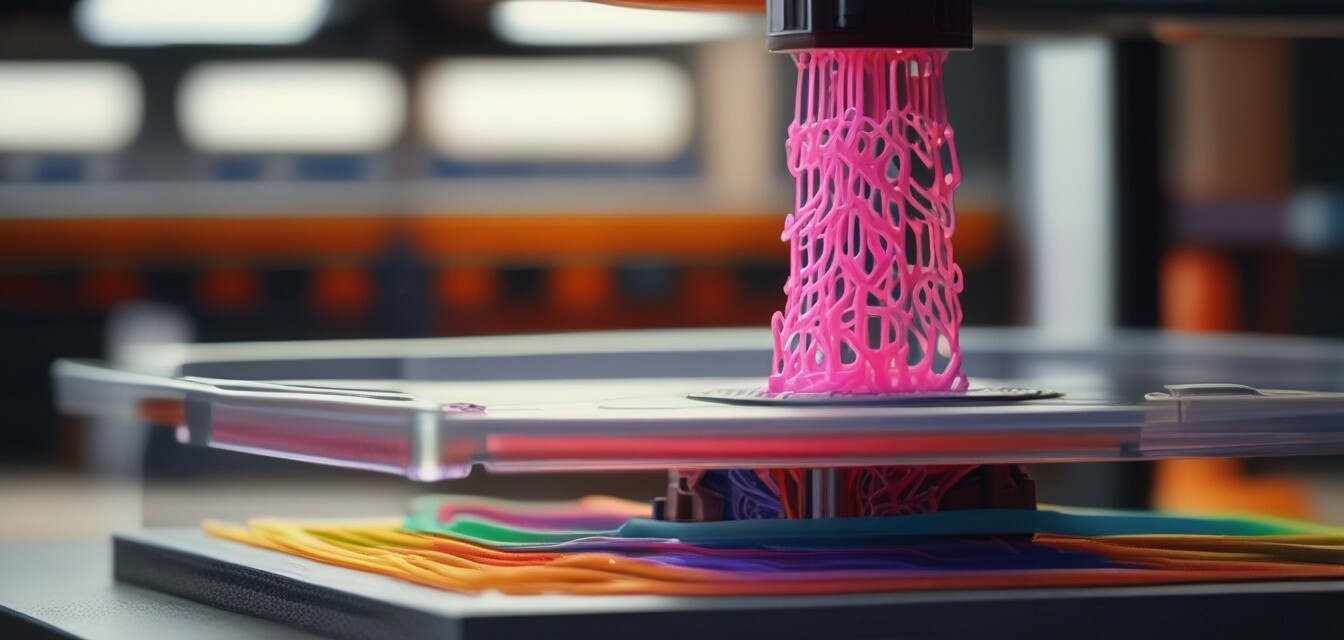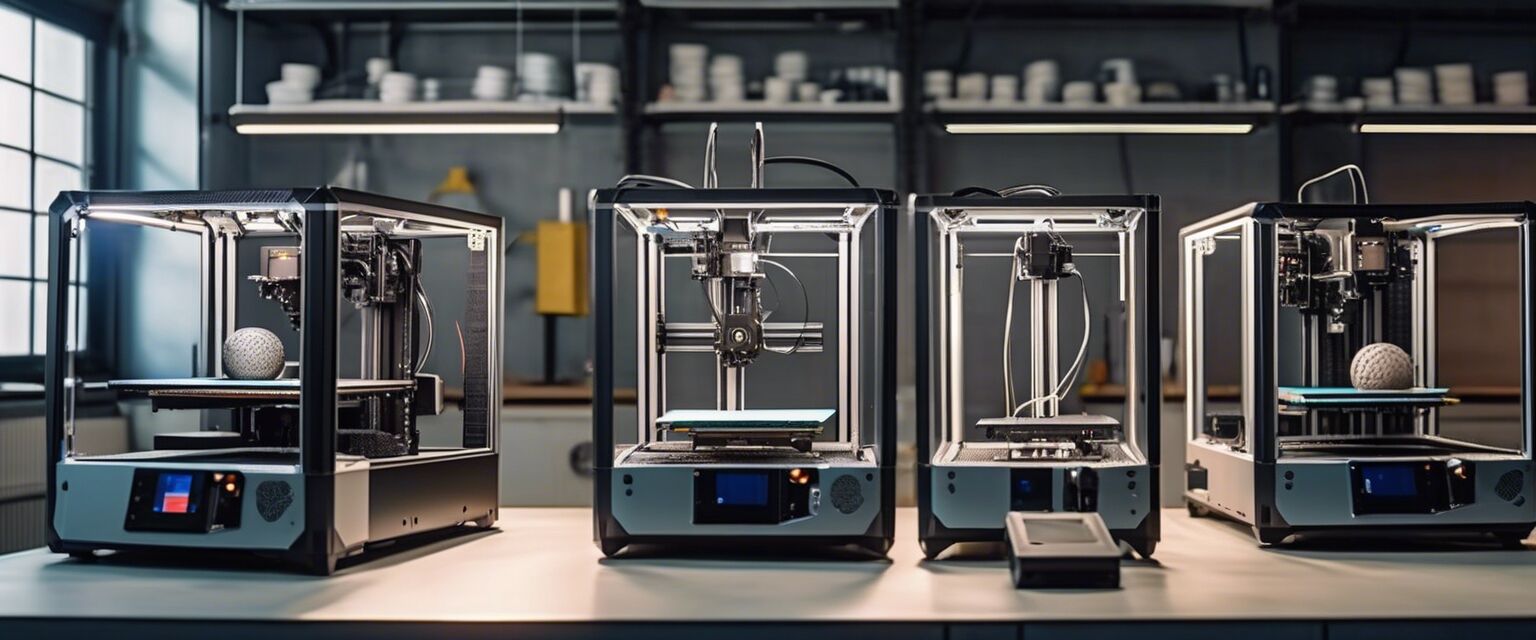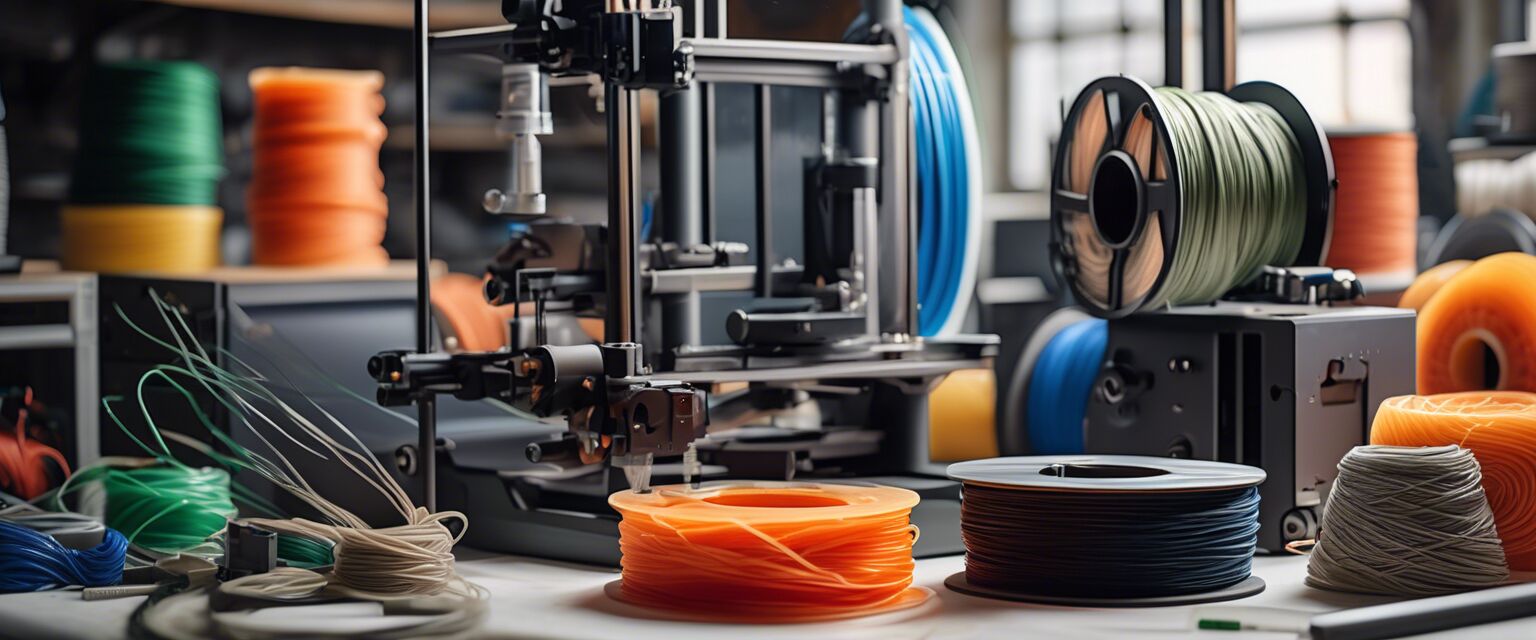
Introduction to 3D Printing
Key Takeaways
- 3D printing, also known as additive manufacturing, has revolutionized production processes.
- It has applications across industries such as healthcare, aerospace, and automotive.
- The technology has its roots in the 1980s and continues to evolve rapidly.
- Cost, material availability, and speed of printing are among the critical factors influencing adoption.
3D printing is a transformative technology that enables the creation of three-dimensional objects from digital files. This article will provide an overview of 3D printing technology, tracing its history and examining its impact across various industries.
History of 3D Printing
The journey of 3D printing began in the early 1980s. Here is a summary of its evolution:
| Year | Milestone |
|---|---|
| 1981 | First documented instance of 3D printing (A Japanese patent). |
| 1984 | Charles Hull invents Stereolithography (SLA), the first 3D printing technology. |
| 1990s | 3D printing technologies expand with Fused Deposition Modeling (FDM) and Selective Laser Sintering (SLS). |
| 2000s | Breakthroughs in materials, including bioprinting; 3D printers become more accessible. |
| 2010s | Emergence of desktop 3D printers and open-source technologies. |
| 2020s | Advanced applications in aerospace, healthcare, and construction; commercialization of various materials. |
How 3D Printing Works
The process of 3D printing involves several stages:
- Design: A digital 3D model is created using CAD (Computer-Aided Design) software.
- Slicing: The 3D model is sliced into thin horizontal layers using slicing software.
- Printing: The 3D printer constructs the object layer by layer using various materials.
- Post-processing: The printed object may require cleaning, support removal, or surface finishing.

Impact of 3D Printing on Industries
3D printing technology has made a significant impact on various sectors:
| Industry | Impact |
|---|---|
| Healthcare | Creation of customized implants and prosthetics. |
| Aerospace | Reduction in weight and waste through optimized designs. |
| Automotive | Rapid prototyping and low-volume parts production. |
| Construction | Building components and even entire structures using large 3D printers. |
| Fashion | Creation of unique and complex designs in garments and accessories. |
Challenges and Limitations
Despite its advantages, 3D printing faces several challenges:
Pros
- Ability to create complex geometries and designs.
- Reduction of material waste compared to traditional manufacturing.
- Rapid prototyping speeds up the design process.
- Customization for specific needs.
Cons
- Limited materials available for some technologies.
- Slower production times for large-scale outputs.
- High initial investment costs for advanced printers.
- Quality control challenges with certain printed objects.
The Future of 3D Printing
The future prospects of 3D printing are promising. Innovations in materials, speed, and capabilities continue to emerge. Here are some anticipated trends:
- Increased use of bioprinting for medical applications.
- Integration with IoT (Internet of Things) for smarter manufacturing.
- Expansion into the space industry for manufacturing in space.
- Advancements in multi-material printing for more complex applications.

Conclusion
3D printing is more than just a technological fad. Its ability to revolutionize production processes and related industries is evident. With ongoing advancements and wider adoption, the potential applications seem limitless. To explore more about the types of 3D printers available, check out our Desktop 3D Printers and Industrial 3D Printers sections, curated to help you navigate this innovative landscape.
Tips for Beginners in 3D Printing
- Start small with easy-to-print models to learn the basics.
- Experiment with different materials to understand their properties.
- Join online communities to share experiences and receive advice.
- Regular maintenance of your 3D printer will extend its lifespan.



